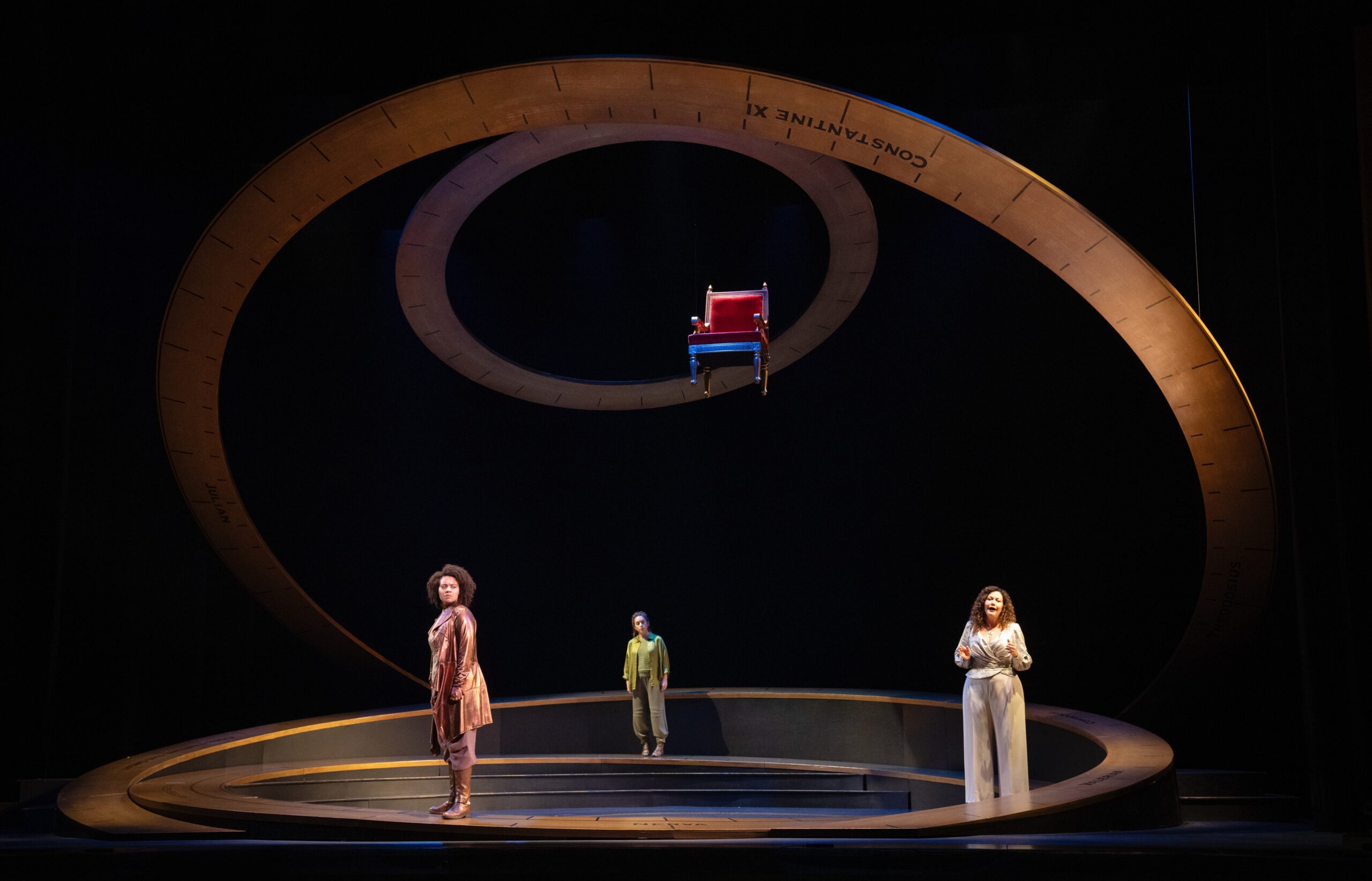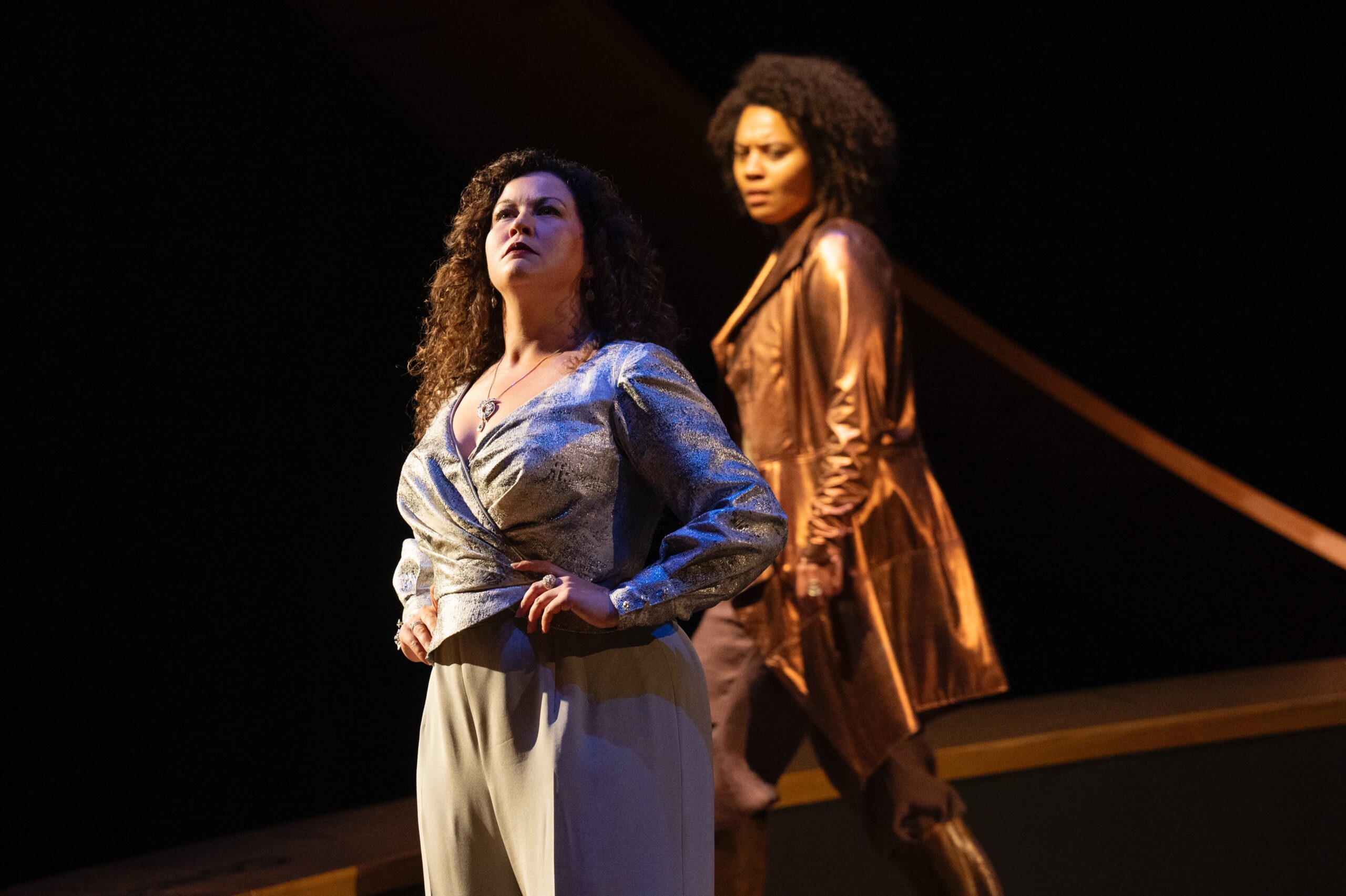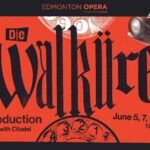Pacific Opera Victoria’s production of Mozart’s La clemenza de Tito is musically stunning: beautiful voices singing beautiful music performed beautifully by the Victoria Symphony Orchestra under the baton of Guiseppe Pietraroia.
But is beauty alone enough?
Mozart accepted a commission in 1791 to compose an opera in celebration of the coronation of Leopold II as King of Bohemia. It was a precarious time for Leopold, and he wanted to reassure Bohemian nobility that he would not try, as his brother and predecessor Joseph II had, to liberate their serfs or raise their taxes. An opera, he thought, might be just the ticket to help cool political strife and forestall potential revolt.
With just two months to deliver the work, Mozart was instructed to compose to a 50-year-old libretto by Pietro Metastasio that had already been used by a multitude of other composers. Mozart complied, but brought in another Italian librettist, Caterino Mazzolà, to tighten up the text and spice up the action. The result was an opera seria in two acts, (very) loosely based on the life of the Roman Emperor Titus Caesar Vespasianus and his well-regarded two-year reign.
La clemenza de Tito opens with treachery, lust and deceit. Vitellia (soprano Tracy Cantin) wants vengeance on the much-loved Tito (tenor Andrew Haji) because his father had deposed hers, the late Emperor Vitellius. One way to get that revenge is to marry him for the throne, and another is to murder him after he chooses another, Berenice, to be his bride. Through her beauty, Vitellia ensnares the new Emperor’s best friend, Sesto (mezzo-soprano Taylor Raven), and convinces him to set fire to Rome and assassinate Tito. Vitellia quickly calls off the plot after Tito sends Berenice away because his people would prefer a Roman empress, but then finds out he has now decided to marry Sesto’s sister Servilia (soprano Julia Dawson) and the murder’s back on again!
Vitellia tries to stop the hit one more time when Tito finally chooses her as his bride after Servilia reveals she’s madly in love with Sesto’s friend Annio (soprano Reilly Nelson), but it’s too late. Sesto’s already killed Tito – or at least he thought he had. Turns out, he not only stabbed the wrong man, but that man also didn’t die. No real harm done it seems, except Tito is now out for vengeance. Sesto admits his guilt and prepares to be executed, but Tito has second thoughts. Clemency is important to him, and he decides to pardon both Sesto and Vitellia, who finally confesses her role in the plot.

Photo Credit: David Cooper
Taylor Raven (Sesto), Reilly Nelson (Annio) and Tracy Cantin (Vitellia) in Pacific Opera Victoria’s La clemenza di Tito.
The fraught emotions and head-turning twists and turns mean Tito can be played a number of ways: high drama, melodrama, comedy and parable of good leadership in our own politically challenging era. Stage director Jennifer Tarver chose none of them. Instead, she and set and costume designer Camellia Koo gave the audience nothing to hang on to except Mozart’s beautiful music: no set time, no set place, no recognizable concept (the set was inspired by an orrery, a model of the solar system, but why and where did the costumes fit in?) and no real sense that the singers had discovered or been given distinct characters to inhabit – with one brilliant exception.
Tracy Cantin’s Vitellia was alive with enough grit and passion to take her out of carboard villainess and into living, breathing human being. With a controlled, burnished sound up and down her register, she shone with her voice as well as her acting. While she could not make her scheming, jealous character admirable, she at least made her interesting. (Kudos to the basset clarinet of David Boutin-Bourque for his perfect, melancholic echo of Cantin’s voice in “Non più di fiori,” where Vitellia contemplated whether to rescue Sesto.)
Andrew Haji has a high-lying, sweet-voiced tenor that more than met Mozart’s vocal requirements, both in his own arias and in ensembles; the duets, quartets, and sextets in this production bordered on sublime. But Haji could not make the changes in Tito vivid enough as he vacillated between the desires for vengeance and mercy. The Emperor sang well, but needed more presence, more substance as a man in turmoil.
Raven possesses a notably warm and silky instrument, and she was lovely to listen to, especially in Sesto’s “Parto, parto, ma tu ben mio,” where he tries to convince himself to kill his leader and best friend. But in Sesto’s magnificent second act rondo where he declares his guilt, Raven needed to do more to show his distress.
Both Nelson and bass-baritone Stephen Hegedus – who, with just a few well-chosen movements, created a rounded character for Publio, Tito’s disapproving right-hand man – made the most of their arias. Nelson shone in “Tu fosti tradito,” where Annio begs Tito to have mercy on Sesto, while Hegedus brought heat and power to “Tardi s’avvede d’un tradimento,” his warning to Tito that it’s dangerous to believe others are incapable of treachery. Julia Dawson as Servilia made an excellent pair with Nelson, especially in the plangent love duet, “Ah, perdona al primo affetto.”
Without as much obvious drama as some of Mozart’s more famous operas – think of Don Giovanni descending into the flames of hell – it’s easy to rest on the simple beauty of the music in La clemenza di Tito. It is a lovely piece, and the musicians in this POV production did it proud. But it can also be more than just beautiful.

Photo Credit: David Cooper
Annio (Reilly Nelson) pleads to Tito (Andrew Haji).
Opera Canada depends on the generous contributions of its supporters to bring readers outstanding, in-depth coverage of opera in Canada and beyond. Please consider subscribing or donating today.










